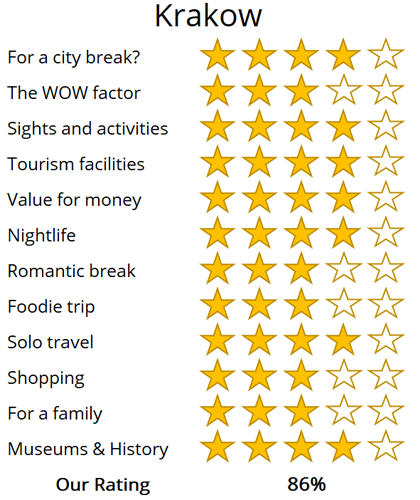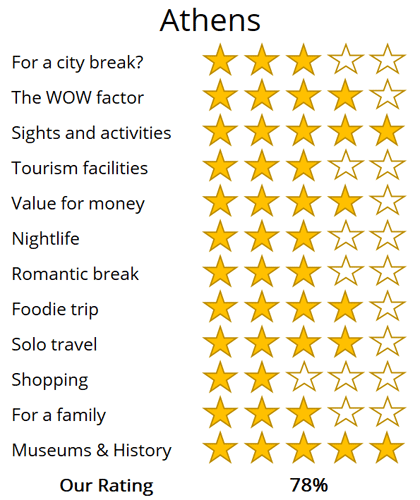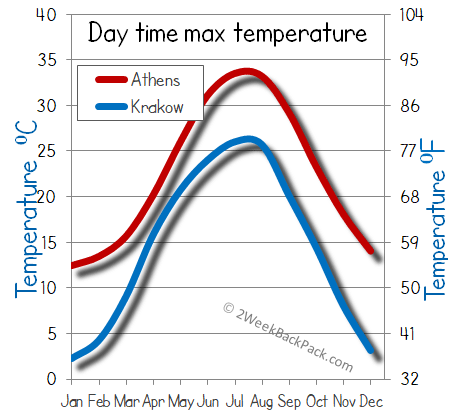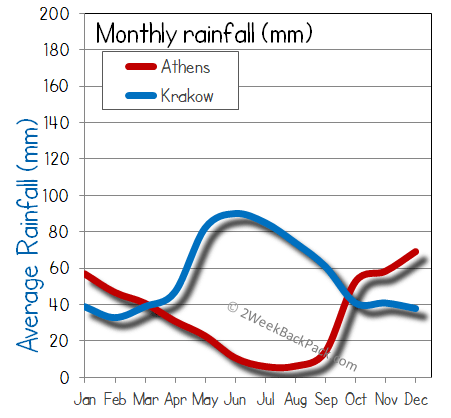WhereToGoForMyHoliday.com
The best destination comparison site!
WhereToGoForMyHoliday.com
The best destination comparison site!
Athens or Krakow, which is better for your holiday in 2024?
Krakow and Athens both offer unique and enticing experiences, but which one should you choose for your city break or holiday?
We recognise the difficulty in making this decision. While there is abundant information available on both destinations, clear guidance on which city better aligns with your travel preferences is often hard to find.
This article aims to provide an impartial comparison of Athens and Krakow, and hopefully help you to choose the best city to visit.
The article is structured into several sections, each of which can be directly accessed through the following links:
• Introduction to the cities
• Scores and ratings
• Which one should I, friends, or family visit?
• When to visit and weather
• Who is the city suited for?
• The perfect 48hours (with map)
• Tourism details (where to stay? airport details?)
Introduction to Krakow and Athens
Krakow is Poland's cultural capital, one of the few cities in Central Europe to have emerged largely unscathed from the Second World War It is famed for its delightful Old Town, with cobbled alleys, centuries-old palaces and medieval castles.
But history aside, Krakow is also very much a lived-in city. Throw in leafy parks, bohemian districts, cutting-edge art galleries, and alluring nearby mountain ranges and it's easy to see why Krakow remains such a popular destination.
Athens, a city where antiquity meets modernity, invites travellers to embark on a journey through time. The Greek capital, steeped in history, proudly displays its ancient treasures while embracing the vibrancy of contemporary life.
The Acropolis stands as a monumental testament to Athens' glorious past, offering awe-inspiring views and a palpable connection to the city’s ancestors. Down below, lively neighbourhoods and trendy cafes showcase the modern Athenian spirit.
Whether indulging in delectable Mediterranean cuisine, exploring historic ruins, or wandering through charming streets, visitors are sure to be captivated. Athens is not just a destination; it’s an invitation to adventure, a place where the past and present dance together in harmonious splendour.

The Acropolis stands high above Athens

The Rynek Główny is the main plaza of Krakow, and standing at the centre is the impressive Bazylika Mariacka (Saint Mary’s Basilica)
High-level summary for Krakow and Athens
Summary
Where would I journey for a personal escape? Krakow
Where would I send my parents for a memorable visit?
Krakow
Where's the ideal destination for my adventurous 19-year-old cousin?Krakow
Where should my food-obsessed friend indulge their culinary passions?
Krakow
Note: The above comparisons are weather-independent and are based on travel during the most opportune times of the year. Details about the ideal travel seasons are elaborated upon later in this article.
In the sections that follow, you'll find a comprehensive comparison between these two fascinating cities. This includes recommendations on the duration of stay, the best times to visit, and tailored 48-hour itineraries for each city.
The final segment delves into practicalities for your travels, such as the best airport to fly into, the optimal districts for your accommodation, and insider tips, for when you come to explore the city.
We hope that you find all of this information useful, in planning your next exciting trip!
Destination details
How long to spend each city?
Athens can be sampledin a few days, but it can also warrant trips of a few weeks or more. It all really depends on what you want out of your visit. If it's a whirlwind tour of the famous 5th-century history sights (the Acropolis, the Parthenon, the Agora), some Greek mezze, and a good night out that takes your fancy, then a weekend could be enough.
If you want to feel like a real local, sip gritty Greek coffees in corner bars in alt neighborhoods, and even escape to the islands to top up the tan, you'll need to plan longer.
In many ways, Krakow is the perfect example of a city-break destination. Not only is it compact and walkable, but its main-see sights are all connected via leafy parklands or riverside paths. You can check off the castle, the Old Town, the Jewish Quarter, and plenty more in a mere 48 hours. And the airport hosts oodles of low-cost flight links to cities right across Europe, which makes it easy to whiz in for just a couple of days.
If you're looking to add excursions (and there are loads of them) to your itinerary, you might need a little longer. Trips to Auschwitz, the salt mines in Wieliczka, and the Tatra Mountains can be crammed together in a single two-day tour, but it's better to do them separately and leave at least a day for each.
What's more, the wild Krakow nightlife might just put you out of action for a morning. Those with a penchant for vodka might be better off planning 4-5 days at least in the Polish city of kings.

The National Archaeological Museum, houses the world’s finest collection of Greek artefacts

The extensive history of Wawel Castle is reflected in the numerous architectural styles, there are baroque renaissance and ancient medieval found within this wonderous castle
Athens is most popular in the summer months, but we'd say it's not the best time of year to come. Temperatures in Greece can be scorching between June and August, with daily highs peaking around the 40 Celsius mark!
Much better are the shoulder seasons of spring and autumn. These see warm days and cool evenings of between 16-29 degrees on average. It's still usually dry, with the occasional cloud and rainfall. However, there are also fewer people around, cheaper hotels, and smaller queues for the ancient ruins.
Winter in Athens gets surprisingly cold. Snow can even fall in the height of the season. It's the best if you really don't like dodging other tourists though, with the museums and the galleries all virtually empty. Be warned that ferries to nearby islands like Poros and Aegina rarely run between November and March.
Summertime sees Krakow fill to bursting with tourists. It's the peak season, and things can get rammed on the main drags of the Old Town. That's why it's often better to try to come in months like May or September. Those are outside of major European vacations. There will be way fewer people queuing for the Wawel Castle. Hotel prices in Krakow also tend to drop considerably after August, while the Tatra Mountains are at their most handsome in spring and autumn.
Krakow in the winter is a totally different beast. Woolly jumpers, thermal underlayers, snow boots – you'll need the lot. Temperatures in south Poland can ebb to minus 25 degrees in the height of the season. However, the Planty Park and the Old Town do look truly stunning under a layer of snowflakes. It's also the time of year to plan ski trips near to Krakow. Just beware that pollution can be bad in the centre – the winter smog is some of the worst on the continent.
The history lover is the traveller who will surely feel most at home in Athens. After all, this is the place of the mighty Parthenon; where the Athenian Empire once flourished. And it's got Orthodox temples and some of the most acclaimed ancient artifact museums on the globe to top the lot off. You can spend whole trips hopping between crumbling temples and learning about the hard-fought Peloponnesian War, without even scratching the surface of the amazing daytrip possibilities.
Aside from its famous historical relics, Athens also has a reputation for hedonism. Districts like anarchist Exarcheia come laced with squat bars and buzzy pubs. There's also pumping nightlife around the Plaka area, where you'll be able to dine on endless platters of saganaki cheese, hummus, and grilled lamb before heading out to dance the Zorba.
If you're planning a Greek beach holiday, then Athens is a good arrival point. You're likely to be a little disappointed if you hang around too long, though. The only sands within reach of the centre are in Vouliagmeni to the south and they certainly aren't the best in the country.
Krakow's a seriously versatile travel destination. Weaving the threads of a long, regal history together with a vibrant café culture, the culinary delights of Lesser Poland, and a nightlife that's nothing short of legendary, there's something in these parts to cater to all sorts. First up: Backpackers. The younger, budget-conscious crowd enjoy more hostel dorms and happy-hour deals than they can shake a Polish blood sausage at. Meanwhile, districts like Kazimierz are laden with concept stores and hip coffee shops.
Those who lean towards the more cultural side of things are also in luck. UNESCO World Heritage Sites abound in this part of Europe. In fact, Krakow's Old Town itself is one, bursting with medieval trading halls, brick-fronted churches, and castles that date back to the 1200s. There's also art by Leonardo da Vinci and Polish masters to get through in the museums, along with archaeology expos of the urban underground that are truly fascinating.
Being stuck between the vast plains of central Poland and the Carpathian Mountains means that Krakow is probably not the city for anyone looking for sun, sand and sea. What's more, the air quality is abysmal, so don't come expecting a break from life in a metropolis.

The Kościół św. Józefa (Saint Josphes church) in the Podgórze district, was inspired by gothic desings but only dates from 1909

The delightful Pláka district, is a maze of narrow streets on the northern slopes of the Acropolis
48hours in Athens
Searching for an all-round fantastic 48 hours in the Greek capital? Look no further. This culture-packed and monument-filled itinerary whizzes you through all the mainstay sights and even into some downright gritty local districts. Enjoy…
Day 1: Start as early as you can and head straight through the Plaka area up to the base of the Acropolis. The best way to reach that grand monument is via the winding roads that link up the tavernas with the great Propylaea gatehouse that dates to 437 BC. It was commissioned by Perikles in the aftermath of the Persian War and leads to the symbolic heart of ancient Athens: The Parthenon.
Getting there early means you can hopefully dodge the crowds and the heat. Take some time to wander to see the hulking columns and design – it's considered to be the finest Doric temple on the planet. The next-door Erechtheion also catches the eye. It was built after 421 BC in honour of Poseidon and Athena, famed for its Caryatid statues of female figures. A lookout point on the south-east end of the Acropolis is perfect for taking in the city views.
For lunch, go for the vibrant area of Koukaki, checking out the Theatre of Dionysus en route. It's filled with hip cafeterias and bakeries, all huddled under plane trees and bougainvillea. It's a short walk from there to the acclaimed Acropolis Museum. You can while away the whole afternoon within, uncovering the story of the legendary building and the politics it represented.
Think about ending the day with a walk through the pine trees to Filopappou Hill. That's home to the place where Socrates was imprisoned in the early 390s BC and tops out with some of the most stunning views of the Acropolis there are.

The Parthenon was dedicated to the Greek goddess Athena, who is regarded as the patron of the city
Day 2: The café culture of Monastiraki gets the day rolling – think about grabbing a traditional Greek coffee and pastry in one of the local bakehouses. A quick stroll through the blocks southwards then takes you to the Agora.
That was the epicentre of life in the ancient city state, complete with shrines and marketplaces and statues. The piece de resistance is the Temple of Hephaestus, which crowns a hillside on its northern end. Nearby, the blocks of Syntagma and Syntagma Square offer a glimpse at the modern edge of the Greek capital.
The vast plaza at the area's heart hosts the Old Royal Palace of the Greek monarchy. There are also countless places to sit with a cold lunchtime beer. Finished? Go south and you'll find the mighty Temple of Olympian Zeus. It is half ruined but still draws a gasp from most visitors on account of its monstrous Corinthian columns.
In the afternoon, catch a tram towards the National Archaeological Museum. Inside, you'll discover perhaps the richest collection of ancient artifacts there are in the world.
What's more, the district on the doorstep is Exarcheia. Be careful with your valuables in those parts, because it's rough and gritty, but the streets ooze character and have perhaps the most hedonistic bars in the country.

The Old Parliament House served as the parliament building until 1935
48hours in Krakow
It's a good idea to stick to the city of Krakow itself for your first 48 hours. That's where you'll be able to uncover the rich medieval history, tales of Polish kings and queens, and some of the best dining (and drinking) the country has to offer:
Day 1: Where better to start than the UNESCO-tagged heart of Krakow? The Old Town is the piece de resistance here. Begin on the Market Square. It's one of the largest urban squares in the world, and a lively gathering point for both people and sights. On its eastern side is the wonderful Basilica of St Mary, arguably the most important church in Poland. The Cloth Hall (a stunning Renaissance building) stands in the middle, filled with souvenir stalls.
After learning about powerful kings and battles with Tartar hordes, you'll finish under the mighty Wawel Castle. That's an icon of Krakow. Walk through its gateways to find a green courtyard with a small café. Glug a coffee and then scale the belfry of on-site Krakow Cathedral for sweeping panoramas of the Vistula River and the Tatra Mountains (on a clear day).
For the evening, return to the Market Square and hit the local bars with fellow travellers.

Tourist boats moored along the banks of the Vistula River in the scenic Kazimierz district of Krakow
Day 2: A hangover-cure breakfast (if required) in Milkbar Tomasza complete with traditional Polish sausage starts the day. From there, head to the Planty Park. A famous green space, it follows the route of the old city walls and is a people-watching paradise. Move south to the district of Kazimierz. Known as the Jewish Quarter, it's got centuries-old synagogues and some of the coolest cafes in town.
An optional walking tour here is for you if you want to delve into the darker history of Krakow's wartime past. If not, stroll to the Vistula Boulevards to join the joggers. Then, it's easy to cross over to Podgorze neighborhood and find corner cafés and wine bars. For sunset, push southwards to the Krakus Mound. This off-the-beaten-track spot is great when the light dips low over the city.

Krakus Mound, at 270m high provides the best location to watch the sunset over Krakow
Traveling from Athens airport is best done using the metro. Line 3 links directly to the terminal. The fare is a flat €10 and the journey takes around 40 minutes each way. If leaving the city, be sure to catch the right train, because not all departures on the line go to the same place.
There are some areas that really stand out from the crowd when it comes to finding hotels in Athens. The Plaka is popular for its traditional Greek restaurants and proximity to the ancient sites.
Kolonaki has lots of chain hotels with rooftop pools and breakfast terraces. But Koukaki is also worth considering, for its local vibes and charming B&Bs.

The Theatre of Dionysus
Always beware of pickpockets, muggers, thieves and scams in Athens. The capital is generally safe, but certain areas – the Plaka, Omonoia Square and Exarcheia especially – do see regular crimes against tourists. Try to keep a hand on your wallet and an eye on your bag at all times.
Political upheavals in Athens are a common problem. Widespread discontent with the government has led to regular protests and marches since the 2000s. They can sometimes bring the whole city to a standstill and are worth avoiding – teargas, clashes with police and even Molotov cocktails have been known to play a part.
Getting around Athens is relatively easy. You've got a metro network that links most of the main tourist areas and the airport. Above ground, there are buses and trams going out to lesser known neighborhoods. There are both kiosks and vending machines at the entrance to most stations for you to buy tickets. They cost €1.40 and are valid for 90 minutes from the moment of validation.
Krakow's transportation system is really efficient. A combo of buses and trams, it uses an integrated ticketing system. You can pay your fare at machines located at most stops, or on most trams themselves.
Contactless payment is generally accepted, but it's always a good idea to have the right change handy. You'll pay 5 PLN for a standard hour-long ticket and 3,20 PLN for a 20-minute ticket. Remember to validate that when you board!

The Sukiennice (Cloth Hall) was historically the commercial hub of Krakow
The Balice International Airport is the main gateway to Krakow from the air. Getting to and from the terminal is now really easy thanks to a dedicated train line that runs every 30 minutes or so to the central station. You can purchase your ticket at the airport platform or on the train (9 PLN). A taxi from the airport typically costs around 50-100 PLN, depending on the company you go for (Mega and Eco taxis are usually the cheapest).
Most of Krakow's hotels can be found at least within walking distance of the Old Town. Generally speaking, the closer you are to that the better. However, you might also prefer the café scene and more local atmosphere of Kazimierz, which sits just a little to the south.
Krakow is generally safe for visitors. Reports of bar scams (when staff charge astronomical rates for just a few beers) and taxi scams are occasional. Also be warned that Police will pounce on anyone caught drinking alcohol in public or crossing the road on a red light (both warrant a fine).
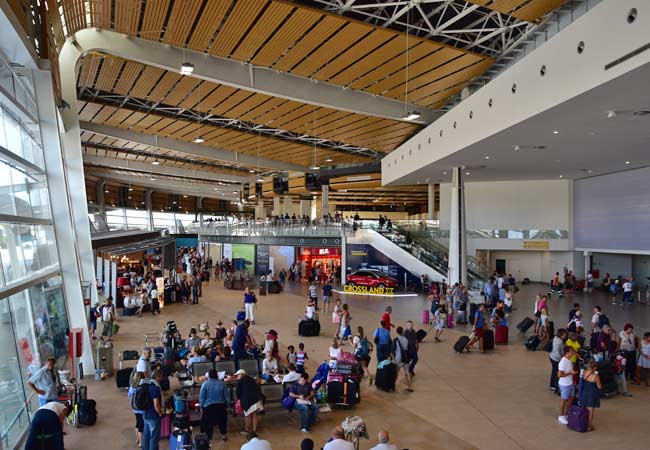
oh we were stuck in the airport!

Copenhagen was a bit expensive...

All we did was drink beer in Brussels...
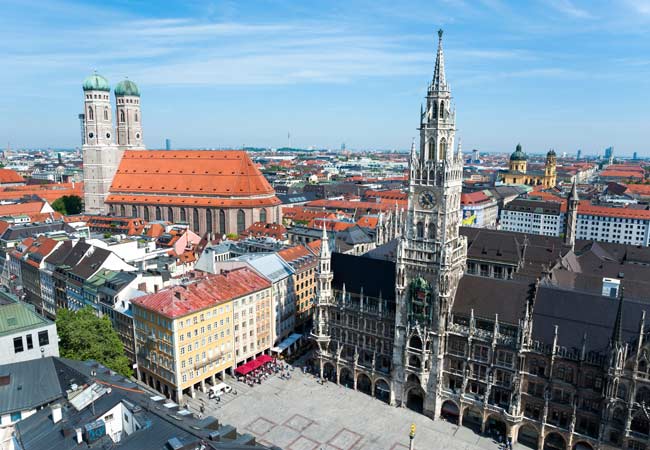
Muncih was crazy
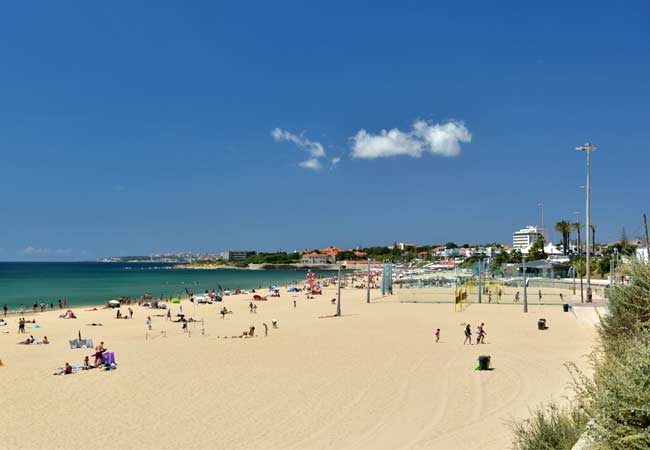
And we got so burnt!
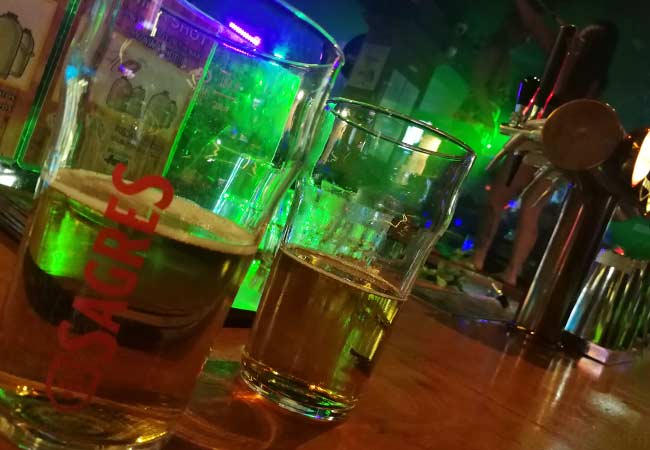
Remeber that night in Rome

oh we were stuck in the airport
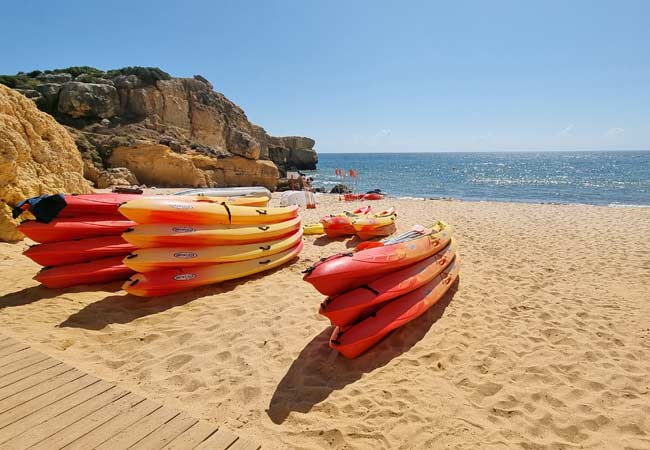
So much fun kayaking

Berlin and that group from Austria!

There was such a view from that church

And we got so burnt!

Munich was eventful, wasn't it!

Such a view from that cathedral in Florence
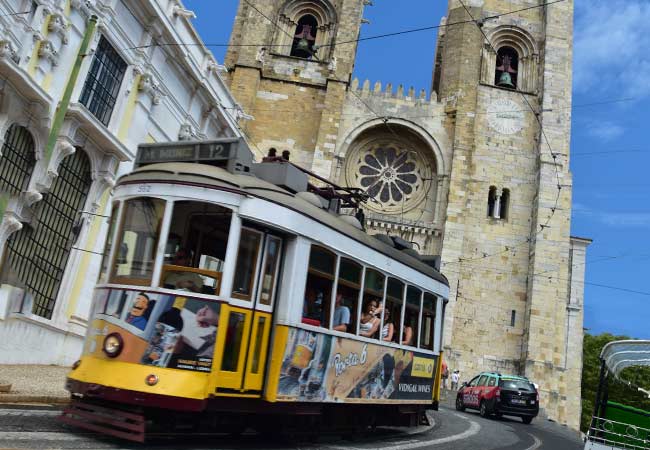
Lisbon was such so much fun

Last summer was so much fun .... x

Remeber that night in Rome

Lisbon was such so much fun

Such a view from that cathedral in Florence

Munich was eventful, wasn't it!

And we got so burnt!

Remeber that night in Rome

All we did was drink beer in Brussels...

Berlin and that group from Austria!

Can't wait to go back to Dubrovnik

Remember that boat ride in Prague

Copenhagen was a bit expensive...
